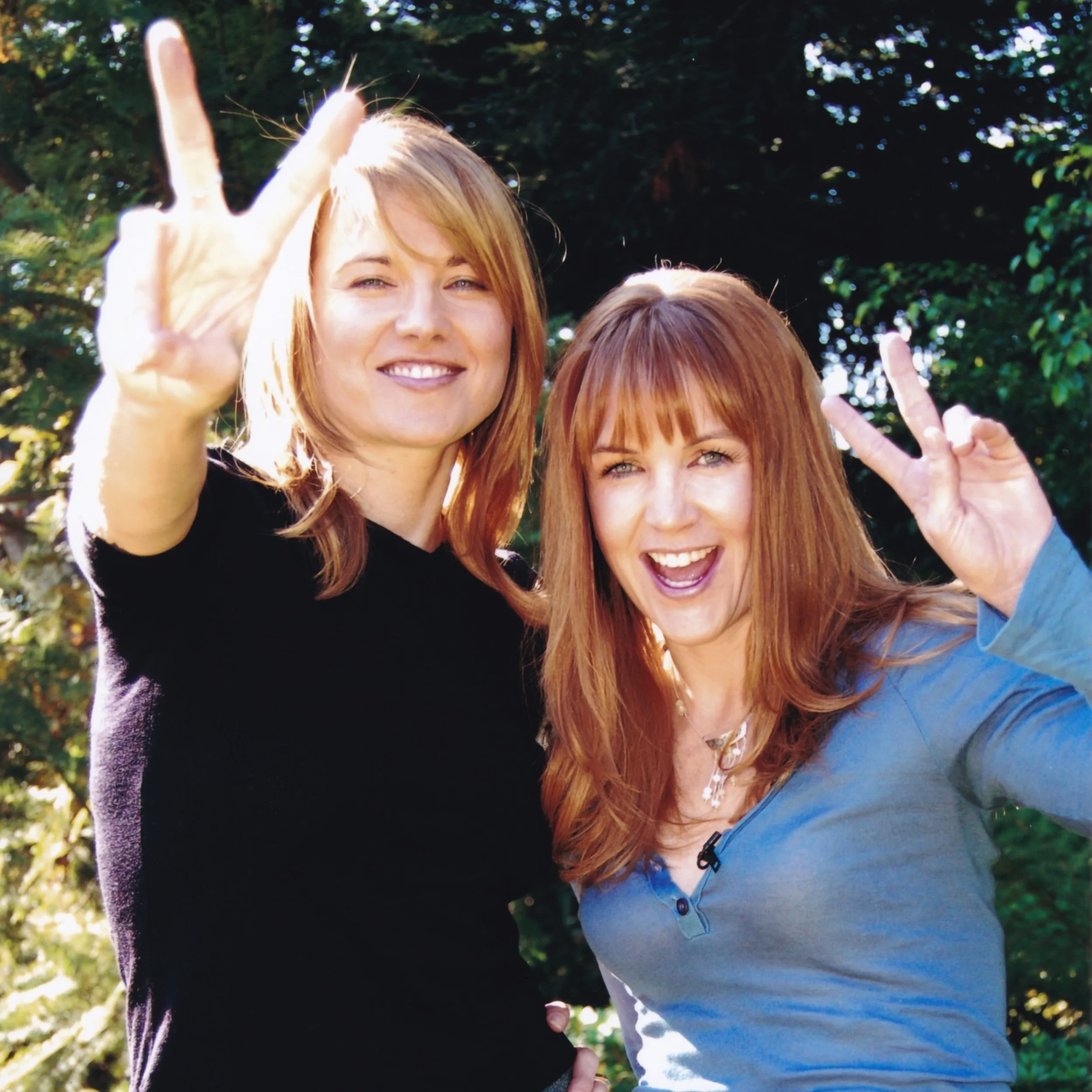Sounding Off
Kate Barker meets up with professional sound mixer Graham Morris during filming of season five of Xena: Warrior Princess and learns the hardships of perfecting the dialogue for an episode of the show.
Official Xena Magazine: Issue 08
Well, not always. If the experiences of Xena: Warrior Princess sound mixer Graham Morris are anything to go by, recording the sound for a scene live on set can sometimes be as difficult as digging for gold.
“The definition of the job is to get the best sound possible, under the circumstances,” says Morris. “The only thing I concentrate on is the dialogue. We try to get the dialogue as clean as possible.” That may be all he wants, but even the most advanced sound equipment will not always shut every other noise out.
Morris should know what he’s talking about. His job on Xena is the most recent phase of a career which spans 35 years in the industry. He spent the first 10 years of his working life in the UK working for the BBC, followed by another 20 years of documentaries, commercials, television drama and Australasian and US feature films shot on location in New Zealand.
With 35 years in the business, Morris had become adept at dealing with the challenges often faced on a film set, and Xena is no exception.
“Extraneous noise is a major issue,” Morris explains. “We have inevitable problems. Like here [an outdoor set], where we’re close to an airbase, there are helicopters. There’s also a lot of construction work going on around these sets, so we need to have enough people to lock everything down - switch the machines off, stop the hammering - it’s quite a challenge.”
Unwanted sound is no less common on indoor sets. “The indoor sets tend to be old warehouses in industrial areas, rather than purpose-built studios,” states Morris, “so there’s traffic… planes… rain on the roof. Another problem is the sets and props - many of them have walls and doors made of, or covered in, polystyrene, and everything creaks and squeaks.”
Although Morris says that it’s very rare to record perfect sound on the first take, he is also quick to point out that with the right attitude, many of the challenges that go with this sort of job can be sorted out with relative ease. This is especially true on the set of Xena. “It’s just an inherent problem in shooting films,” he notes, “but it’s certainly not for lack of assistance by other members of the crew.”
Sometimes, he admits, “it’s not a case of getting things perfect. It’s a case of what you can get away with.”
It’s not just a matter of shoving a microphone in an actor’s face, either. Morris needs to have a good rapport with the actors so that he can position his microphones and mix between them in order to get the optimum sound quality.
“Sometimes the actors are playing scenes that need to be very quiet,” he says. “We try to push their volume up to get above the background noise.”
Occasionally the more creative performers tend to throw in lines that aren’t necessarily according to the script, and sometimes this needs to be closely monitored.
“When the actors are close together and they want to ad-lib,” says Morris, “and we’re doing it on one microphone, it’s not really a problem, because the mic is there anyway. But when I’m mixing from a script, I have to know exactly what they’re going to say. If I’m mixing from two mics, I mix on word cues and move to the other mic. If they add a line or a bit on the end, it throws me. Also, if we’re swinging the boom mic between actors and they add another line, of course the mic is not there when they say it. So sometimes I do have to ask the actors to nail the dialogue down.”
In a business where everyone must rely a little bit on everyone else, Morris just can’t heap enough praise on the Xena actors. “I talk to the actors about their levels and various things, and when I do make comments, they are very receptive,” he reveals. “They’ll do anything they can to help the sound department, any little changes or head turns or whatever that get us out of trouble. They’re used to all these technical things; they work with them all the time, and they are certainly as co-operative as you could possibly hope for.”
Morris also listens to the content of the dialogue from an audience’s perspective, checking that he can understand what the actors are saying, and, if necessary, he discusses points of clarity with the actors and director.
A large part of Morris’ job involves problem-solving and diplomacy in order to seek co-operation from the rest of the crew. “I’m also wandering around other departments - asking the lighting guys to put pegs on the light gels to stop them flapping in the wind, asking the art department to put a bit of CRC [lubricant] on the squeaky doors… all sorts of things, which I try to do reasonably quietly and subtly.
“I certainly don’t want it to be seen that everything’s being held up because of the sound department. So I have to try and do the job a bit sneakily at times.”
When the location recording is completed, Morris has all but finished his work for that particular episode. But the rest of the process is far from over. Post-production, back in the United States, is where the results of his work receive the finishing touch.
“I’ve been over there to the studio and I’ve sat in on a mix, so I’ve had some fairly good feedback there,” he remembers. “But generally speaking, it all disappears and that’s the last I hear of it; it’s all sorted out there. I don’t usually get a lot of feedback about it, but if there was a problem, I’m sure I would hear very quickly!”
So how long does it actually take for each precious piece of recording to end up as part of a fully-fledged Xena soundtrack? Well, as they say, Rome - and indeed the Xenaverse - wasn’t built in a day. “It’s quite a long process,” explains Morris, “there are a lot of people involved.”
To keep things in context, Morris outlines just some of the key events in the life cycle of dialogue recording. “On the set, there is no attention paid to any sound effects recording. We try to eliminate any effects - footsteps, or whatever other sounds that those involved in the scene are making - so they can put in clean ones in post-production.”
“There’s a lot of work on the soundtrack that can’t be done until the picture edit has been locked down. They then have to loop [re-record] some of the dialogue that’s been unusable and record additional effects before they can really get down to finishing the track. Then there’s the music to be written…”
Describing the process of post-production would take a whole article in itself. Here on the set, however, whatever sound Morris is mixing obviously works.
“Fortunately this is quite a co-operative set,” says Morris. “They’re a nice bunch and people are very helpful, so it’s not difficult. It’s all co-operation.”

